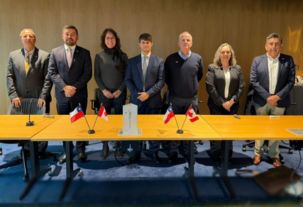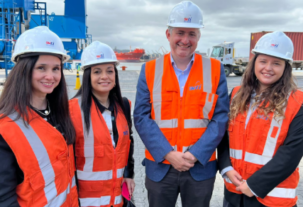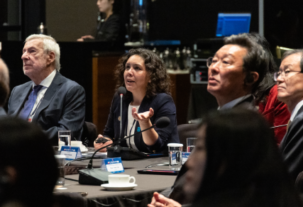
Essential information

Hunt for Next Electric-Car Commodity Quickens as Prices Soar
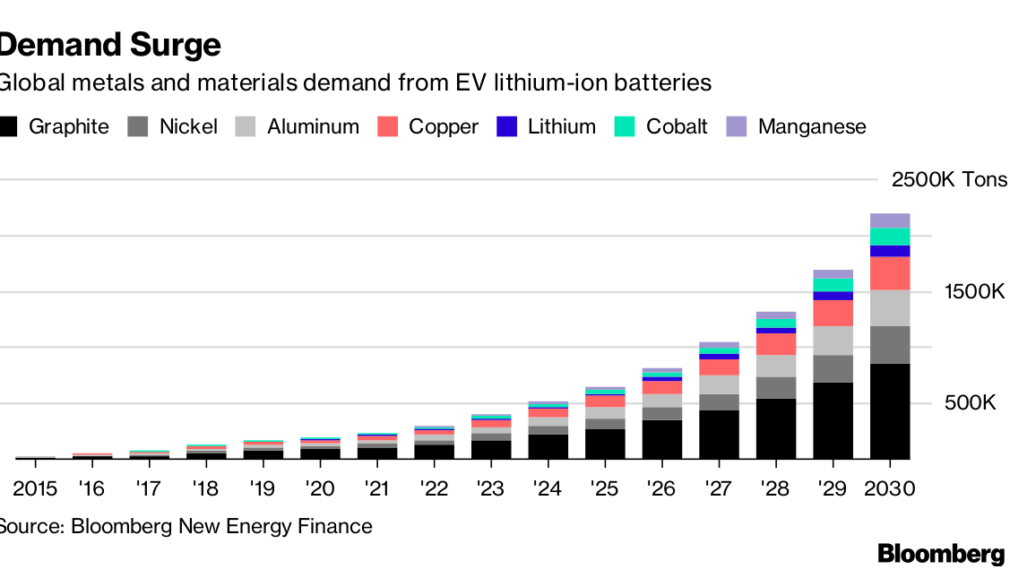
Niche metal cobalt is leaving bigger names like copper and lithium in its dust, triggering a hunt for new deposits from Idaho to Chile.
As one of the key components in the new breed of rechargeable batteries and with supply dominated by the Democratic Republic of Congo, prices have surged at four times the pace of major metals in the past year. That’s caught the attention of governments, explorers and money managers, with annual demand set to increase 34 percent until 2026 as electric cars gain a bigger share of the global auto fleet, according to CRU Group.
Authorities in Chile, the top copper-producing nation, are embarking on a fact-finding mission with a view to restart cobalt production after a more than seven-decade hiatus. First Cobalt Corp. is merging with two other firms to create what it calls the world’s largest explorer of the mineral. A bet on the cobalt industry has helped make a Commodity Capital fund the best performer in the commodities market, while legendary Australian prospector Mark Creasy has cobalt on his latest list of targets.
“Cobalt is the next big thing,” Commodity Capital co-founder Dana Kallasch said by telephone on Tuesday. The firm’s Global Mining Fund has returned about 70 percent this year, beating 213 peers, according to data compiled by Bloomberg.
The mineral once used to dye pottery dark blue is now in demand from car and phone makers from Tesla Inc. to Apple Inc.
More than half of global production comes from Congo. The African country produced 66,000 tons last year, compared with 7,700 in China, the second-biggest producer. In Congo, cobalt is mined mostly informally in precarious conditions that sometimes involve child labor.
“We are seeing companies being more careful about where cobalt comes from and asking for providers to have the right paperwork,” Rebecca Gordon, head of technology metals at CRU Group, said by telephone from London. “But there’s not much happening elsewhere.”
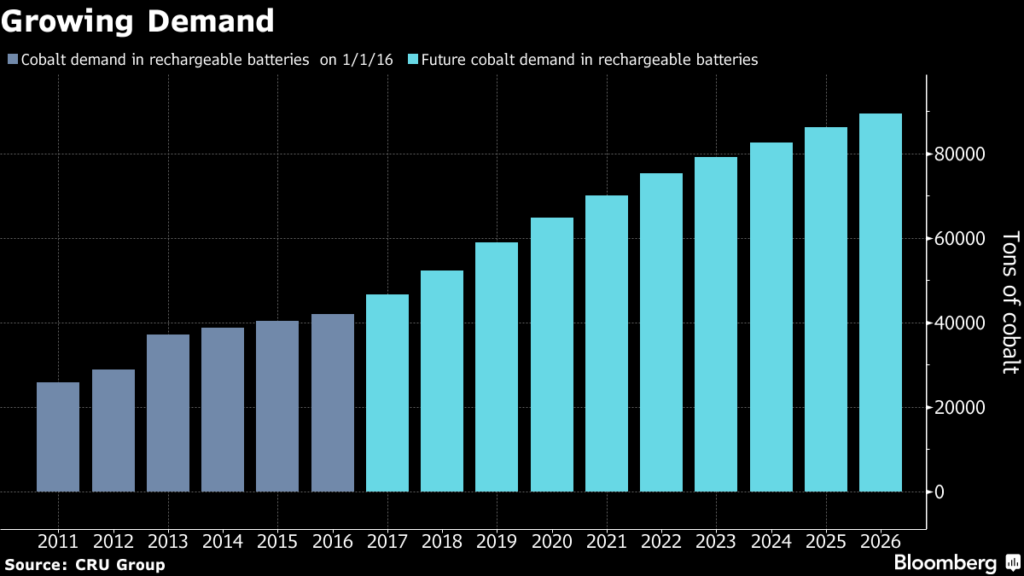
The cobalt market is in a 5,500-ton deficit, according to CRU, with global supply contracting 3.9 percent in 2016. Glencore Plc.-owned Katanga’s whole ore leach and Eurasian Resources Group’s roan tailings reclamation projects — both ramping up this year in Congo — should help ease the deficit. Rising prices are encouraging operators in Asia and elsewhere to produce cobalt as a byproduct of other metals such as nickel and copper.
Chile also wants to get in on the act. Development agency Corfo met with companies including Samsung SDI and Umicore SA in Europe during a recent roadshow on lithium, another key component of electric-car batteries. Some made inquiries about Chilean cobalt, Eduardo Bitran, executive vice president of Corfo, said an interview Monday.
Back in Santiago, Corfo started to investigate records that show more than 7 million tons of cobalt ore were mined in Chile between 1844 and 1941. A document from 1944 shows the average ore grade was more than double the average in Congo today. Last week, the agency started a 60-day campaign to determine how much cobalt Chile really has.
“We are talking to elderly people in the Coquimbo region to see where the old mines were, investigating who owns the land and taking the first samples,” Bitran said. “This falls short of an estimate of reserves but we want to gather evidence and make it available to the private sector.”
Corfo sees a fairly high possibility that this initial study will find that it’s feasible to set up a cobalt operation in Chile. The mineral is mostly found mixed with iron ore. Steel and iron-ore producer Cap SA is already looking at the possibility of producing cobalt as a byproduct, Bitran said. But the technical aspect of separating cobalt from iron ore still needs to be resolved. Cap didn’t provide comment on its cobalt prospects.
“The mix of iron and cobalt is tricky,” Gordon said. “Cobalt is already mined as a byproduct of copper and nickel, but iron has the most negative impact on cobalt, which means processing would be more difficult and more expensive.”
First Cobalt, in which the Commodity Capital fund owns shares, is in the process of merging with Cobalt One Ltd. and CobalTech Mining Inc. The company is focused on exploration around Ontario, Canada, but is also setting its sights on Idaho in the U.S.
“It’s the scarcity factor,” Trent Mell, chief executive officer of the Toronto-based company, said in a telephone interview. “We’ve gotten to a tipping point where people are saying there’s a shortage.”
Source: BLOOMBERG





